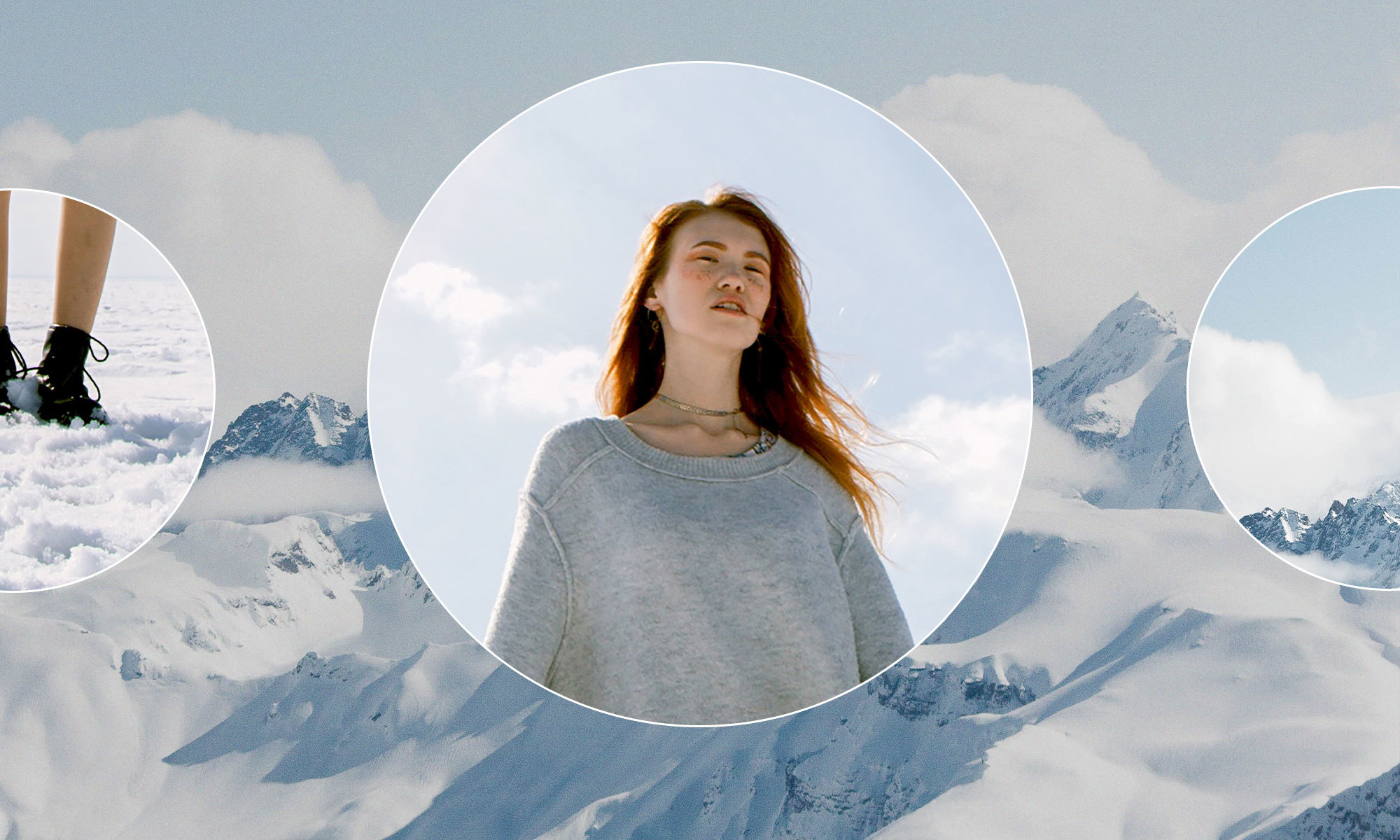A Thought Experiment to Go Beyond Thought
A practice and exercise on the elusive nature of the Zen tenet of nonthinking The post A Thought Experiment to Go Beyond Thought appeared first on Tricycle: The Buddhist Review.

We humans have developed a special capacity that has been in the making for billions of years. A process no other life form can express with such complexity. It is the key feature that made human beings the dominant species on the planet. I’m talking about thought. If you look around in this moment, you’ll notice how almost everything surrounding you is the product of thought: from your computer to the clothes you’re wearing, to the music you like, to your most cherished beliefs. Politics, culture, art, science, philosophy—most of what gives meaning to our civilization, and most of what threatens it—have come about through thought. Isn’t it amazing how something that, when seen clearly, is so subtle and ephemeral can have such a profound effect?
In contrast, many of the great traditions have urged us to explore what lies beyond thought. The 13th-century Zen master Dogen Zenji famously said:
“Think of not thinking. Not thinking—what kind of thinking is that? Nonthinking.”
A paradoxical phrase that points in the same direction as koans—those enigmatic questions that cannot be solved through the rational mind and often spark deep realizations about what lies beyond it. Who are you without your name? Without your story? Without the silent weight of all the memories that tell you who you’re supposed to be? These are not just abstract questions—they are doorways. And if we dare to step through, we might discover that what we are is far greater, far freer, than anything the mind can construct.
One way to use our thinking capacity to interrogate its very own nature is through what’s called a thought experiment—a specific mental exercise that invites us to imagine scenarios that challenge what we assume to be true. Philosophers and scientists have used them for centuries to spark breakthroughs. A famous example is how Einstein imagined riding on a beam of light to help unlock the theory of relativity.
So can we design a thought experiment that helps us to see beyond thought itself?
To begin, let’s return to the fundamental question: Who am I?
When we ask this question, our immediate response is often to reach for thought. We say:
“I’m Maria,” “I’m Santiago.”
We may weave in memories, roles, and preferences:
“I was born in _______. I like _________ and I work as ________.”
Some of us might even come up with sophisticated descriptions like:
“I’m a unique expression of the multidimensional, interconnected holographic universe.”
But it turns out there’s a hidden problem with all these answers. No matter how simple or elaborate, they all arise from the stream of thought—and thought, by its nature, is always impermanent and, therefore, unstable.
How would we answer this same question as children? As teenagers? After a heartbreak? How would we answer it on our deathbed? Can we even know? Our thought-based identity is constantly shifting. While it can be useful sometimes, it can never be what we fundamentally are.
The Experiment
Imagine this: You go to the hospital for a minor procedure. When you wake up, you have temporary amnesia. You’re calm and alert, but there is no memory of your name, age, or story. Now, pause and imagine yourself simply lying there.
You look around: Light filters through the window, your breath rises and falls, sensations and sounds flow naturally. There’s no narrative of who you are. No labels. No roles. You don’t even know what you look like. And yet—you are undeniably here.
In fact, you might feel more present than ever. Fully open and available, receiving the totality of each moment as it unfolds, unburdened by regrets of the past or anxieties about the future. Your thought-created identity is no longer there to distract you from the spontaneous vividness of life, from an underlying, ever-present reality that was previously obscured by the veil of conceptual elaboration.
Now, I’m not suggesting we should all become amnesiacs, or that everyone in this situation would automatically wake up to their true nature. However, what this experiment does reveal is the insubstantiality of the identity we take for granted. The “I” we cling to is not a thing—not fixed, not separate, not truly independent. It’s a story—an ongoing mental construction that we use to navigate the world, but it is not the core of who we are.
This also doesn’t mean we should discard our constructed identity entirely. Life would become unnecessarily difficult if we couldn’t remember our name or roles. Our “persona” has its place. But when we stop overidentifying with it—when we see it as a flexible, ever-changing expression that arises due to causes and conditions rather than an absolute truth—we learn what is perhaps the most important lesson for a human being.
A More Fundamental Identity
Buddhist teachings often describe this overidentification and clinging to the constructed self as the root of suffering. We try to hold on to something that is always shifting, elusive, and ephemeral—mistaking it for something solid and independently existent. But when we begin to notice that our roles, opinions, and habits are just passing phenomena, we create space. We soften.
From this place, we see that beyond all the names and stories, there is a presence that does not come and go. It is not created by thought and cannot be undone by it. Different traditions have pointed to this essence with many names: the Ground of All Being, buddha-nature, the Dao, Awakened Awareness.
Words can only hint at it, because it lies prior to thought. But we can experience it directly. We can realize its spaciousness, its clarity, its unshakable peace. This is the true “home” we’ve been searching for all along. Shockingly, it was always here—we were just looking for it in the wrong places.
A Practice for Living from the Ground of Being
This realization is not about abandoning life but about living it more fully. When we stop clinging to a fixed sense of “I,” we become freer to respond to each moment with presence and compassion. Our roles and relationships become lighter—less about performance, more about genuine connection.
The beauty is that this truth isn’t far away—it’s here, now, waiting to be noticed. We can even turn this experiment into a practice of direct awakening, done in small moments throughout the day.
Right there where you are:
Stop for a moment and take a deep breath
Look around you, notice what the present moment feels like—the shapes and colors, the sounds and textures. Very simple and yet so vivid and rich
Everything is just happening naturally and spontaneously
Now ask yourself
Who would I be in this moment without my story?
Let your mind rest openly, and pay attention to what happens
Did you disappear? No, not the real you, only the imagined one.
Notice that, like clouds passing across the sky, our thoughts, names, and stories come and go. But the open sky of awareness remains—vast, untouched, unbroken.
When we discover that we are that sky—timeless and boundless—life itself becomes lighter, clearer, and infinitely more intimate. We are home now, and everyone is welcome.

 MikeTyes
MikeTyes 






























